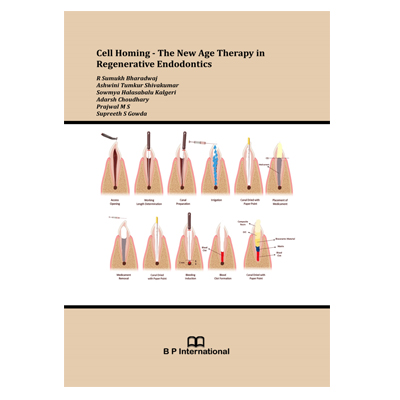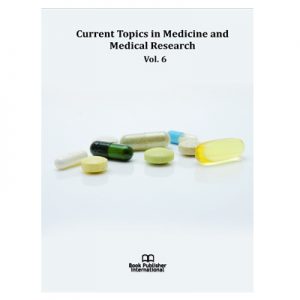As we stand at the intersection of traditional endodontics and the groundbreaking field of regenerative medicine, it is with great enthusiasm and a sense of profound responsibility that I present this work on regenerative endodontics. This burgeoning discipline represents a paradigm shift in our approach to dental pulp therapy, embracing the innate regenerative potential of the dental tissues.
Regenerative endodontics represents a departure from conventional treatment paradigms, emphasizing the innate healing capacity residing within the dental pulp. The shift from mere repair to active regeneration demands a holistic understanding of the biological intricacies at play. Throughout these pages, I endeavor to demystify the science behind regenerative techniques, presenting it in a manner accessible to both seasoned practitioners and emerging clinicians eager to embrace the future of endodontic care.
As we navigate the historical underpinnings of regenerative endodontics, it becomes apparent that we are standing on the shoulders of pioneers who dared to envision a future where damaged dental tissues could be coaxed into self-repair. The amalgamation of stem cell biology, tissue engineering, and clinical acumen is the crucible in which the transformative potential of regenerative endodontics is forged.
The inspiration behind delving into the realms of regenerative endodontics stems from the imperative to explore alternative and biologically driven treatment modalities. Traditional endodontic procedures, while effective in many cases, often pose challenges in preserving the vitality and functionality of dental tissues, particularly in cases involving immature teeth with open apices.
This volume encapsulates years of research, clinical experiences, and a fervent commitment to advancing the frontiers of endodontic care. Throughout these pages, I aim to provide a comprehensive overview of regenerative endodontics, from its historical roots to the latest advancements in stem cell research and tissue engineering.
In the following chapters, readers will find a synthesis of evidence-based practices, emerging trends, and practical considerations. By intertwining scientific principles with clinical wisdom, my aspiration is to empower practitioners to navigate the nuances of regenerative endodontics with confidence, ensuring that the benefits of this transformative approach reach the diverse spectrum of cases encountered in daily practice. Readers will find a blend of scientific rigor and practical insights, designed to bridge the gap between theoretical knowledge and its clinical application. Case studies, protocols, and illustrative examples are interwoven to facilitate a deeper understanding of regenerative techniques and their integration into contemporary endodontic practice.
While this work is by no means exhaustive, I hope it serves as a catalyst for further exploration and innovation within the field. Regenerative endodontics holds the promise of revolutionizing our approach to dental pulp therapy, offering not only improved treatment outcomes but also a profound shift towards biologically driven, patient-centered care.
I extend my gratitude to mentors, colleagues, and the entire dental community for fostering an environment where exploration and innovation are not just encouraged but celebrated. It is my sincere hope that this work serves as a catalyst for ongoing dialogues, research initiatives, and, most importantly, elevated standards of care that place regenerative endodontics at the forefront of modern dental practice.





